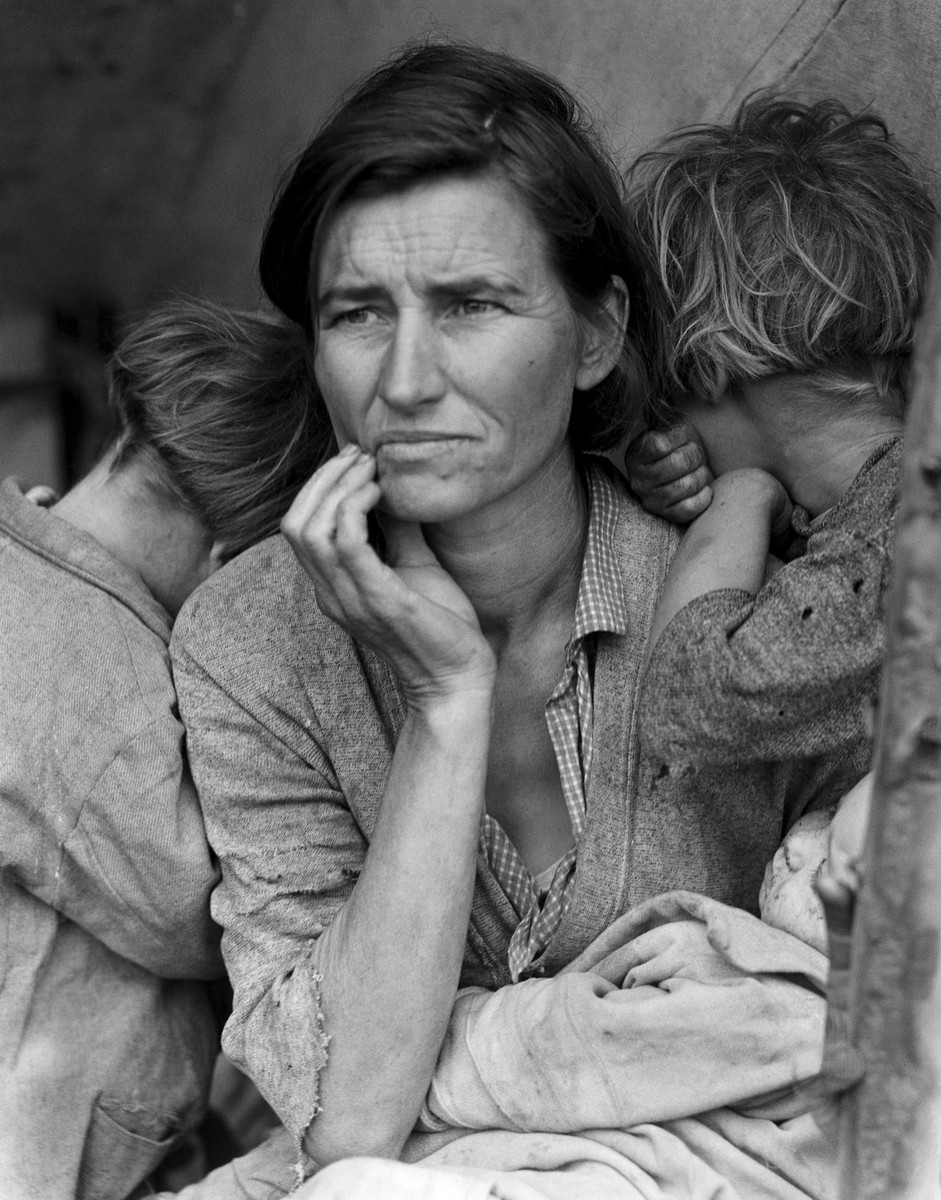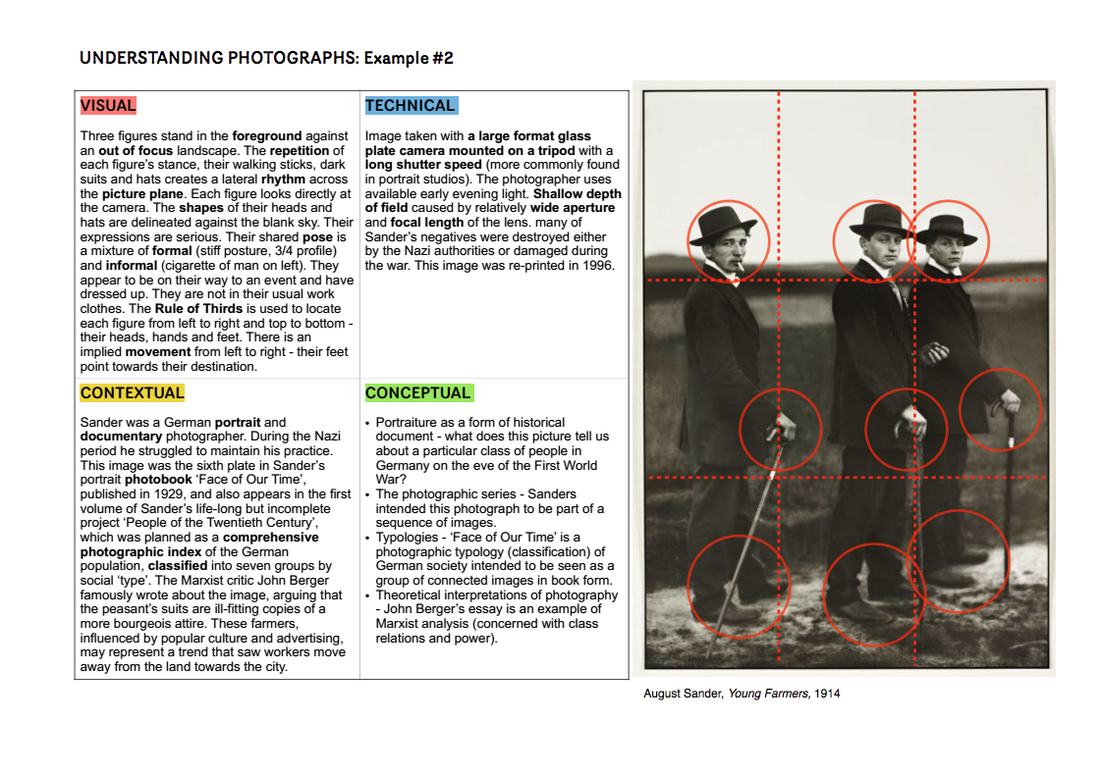Raised in Barcelona Laia Abril is a documentary photographer, journalist and ‘maker of books’. Her projects such as this one have been exhibited in Italy, Spain, Poland, London and New York. Her work has also been published by The Sunday Times Magazine, D Repubblica, Ojo de Pez, Le Monde, FT, PDN, Burn, Esquire etc. Abril spent 5 years on different projects exploring eating disorders.
This book is for anyone to read, whether it’d be someone who has never heard of eating disorders or doesn’t know much about them. It’s also for people who are victims and the families of victims of eating disorders as it shows they’re not the only ones that have been through the difficult times. It shows awareness and it is a beautiful tribute to a life that was sadly taken too soon.

Laia Abril focus’ on the key objects and papers building a narrative that many people can become so emotionally attached too. Abril in many of her projects puts meaning into every aspect of the books she makes. You can see this in sequencing of this and many other books of hers. The order she places these photos is cleverly put in such a way that plays with the readers emotions. It allows the reader to connect with book in such a way that gives the story the respect and acknowledge it deserves. This is seen throughout this project as well as her other projects on difficult subjects such as abortion, sexuality and gender. Laia Abril gathers so much information it actually allows the audience to connect to it unlike other photographers.



